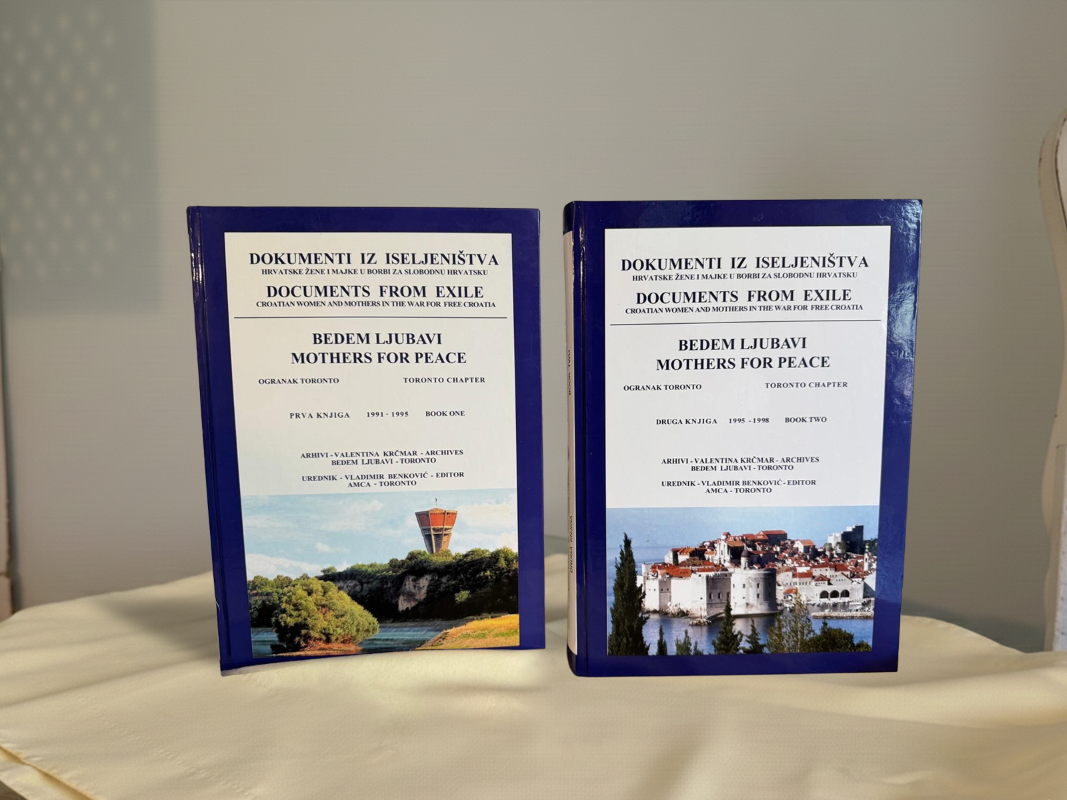
By 1995, Croatia stood ready to reclaim its sovereignty in full. Years of rebuilding, training, and strategic patience had paid off. The Croatian Army was now a well-organized, confident force — and the moment had come to restore control over the country’s occupied lands.
May 1–2 – Operation Flash
In early May, the Croatian Army (HV) launched Operation Flash (Bljesak), a rapid offensive to liberate Western Slavonia, an area that had remained under Serb control since 1991. The operation lasted just 36 hours, with Croatian forces swiftly regaining the territory and reopening the critical highway connecting Zagreb to the east.
Though militarily successful, the offensive triggered a large-scale exodus of Serb civilians, many of whom fled into Bosnia and Herzegovina. The speed and precision of the operation demonstrated Croatia’s new military strength and foreshadowed what was to come.
August 4–7 – Operation Storm (Oluja)
Just three months later, on August 4, Croatia launched its most ambitious and decisive campaign — Operation Storm (Oluja). In a matter of four days, Croatian forces liberated nearly all of the territory held by the self-proclaimed Republic of Serbian Krajina (RSK), including the key city of Knin, which had served as its capital.
Operation Storm effectively ended large-scale fighting in Croatia. It also brought an end to Serb occupation in Croatian territory, with more than 200,000 Serbs leaving for Bosnia and Serbia. The operation remains one of the most significant — and controversial — moments of the war, celebrated in Croatia as the triumph that restored national unity but remembered elsewhere for its humanitarian toll.
Still, for many Croatians, August 5 — the day Knin was liberated — became Victory and Homeland Thanksgiving Day, a symbol of freedom and national pride.
November 12 – The Erdut Agreement
After the battlefield victories, the final step toward peace came through diplomacy. On November 12, Croatia and Serbia signed the Erdut Agreement, establishing a framework for the peaceful reintegration of Eastern Slavonia, Baranja, and Western Sirmium — the last regions still under Serb control. The agreement placed these areas under UN administration (UNTAES) for a two-year transitional period, ensuring a non-violent handover to Croatian authority.
The signing of the Erdut Agreement marked the formal end of the Croatian War of Independence. After five years of conflict, Croatia had regained its territory, secured its sovereignty, and begun the long process of recovery and reconciliation.
Context and Significance
1995 was the year Croatia’s long struggle reached its conclusion. Through decisive military action and careful diplomacy, the nation achieved independence, unity, and peace. The cost had been immense, but so too was the resilience of the Croatian people.




